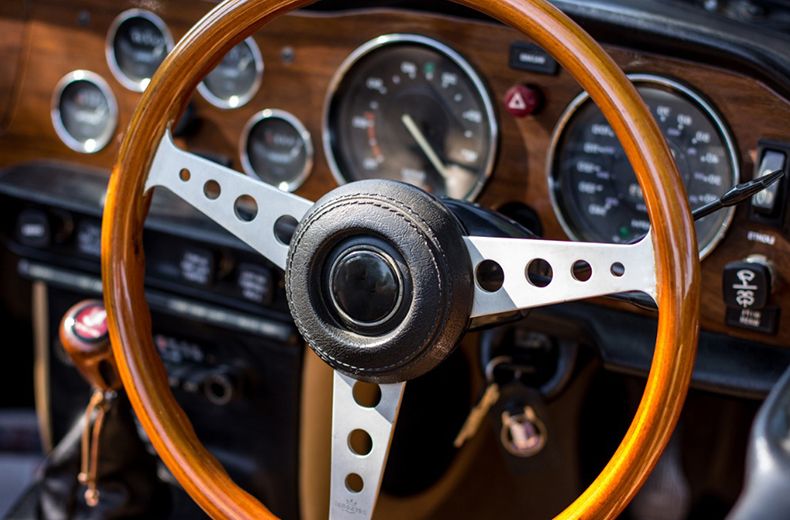There are buttons and screens everywhere, and some familiar features aren’t quite where you remember them, or missing altogether. But what is it about these older cars that are so different from today’s models?
As we prepare to usher in an age of electric and automated transport, here’s our overview of the car features that have left us, the ones being phased out, and those that might be destined for the motoring history books.
Jump to:
- Car features you don’t see any more
- Car features being phased out soon
- Car features that might be gone in the future
Car features you don’t see any more
Cranking handles
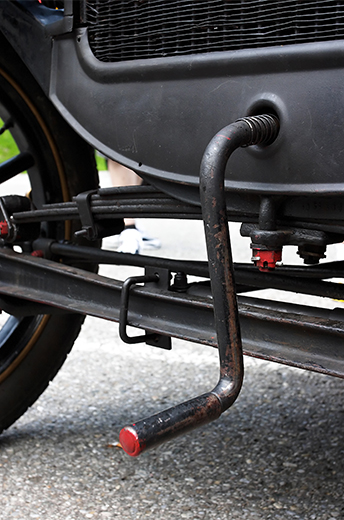
The cranking handle is one of the most physically demanding and archaic car features. Most of us have probably never even seen one being used!
Usually found at the front of a car, the handle rotates the crankshaft which in turn starts the engine. This allows fuel to be pumped to the cylinders and eventually ignite, allowing the engine to then run on its own power.
The cranking handle fell out of favour for two main reasons. Firstly, the strength and energy required, and secondly, its safety.
It wouldn’t be unusual for handles to continue turning after starting an engine, causing them to backfire, sometimes hitting a driver. Ignition technology offers a less strenuous and far safer engine-starting alternative.
Manual window winders
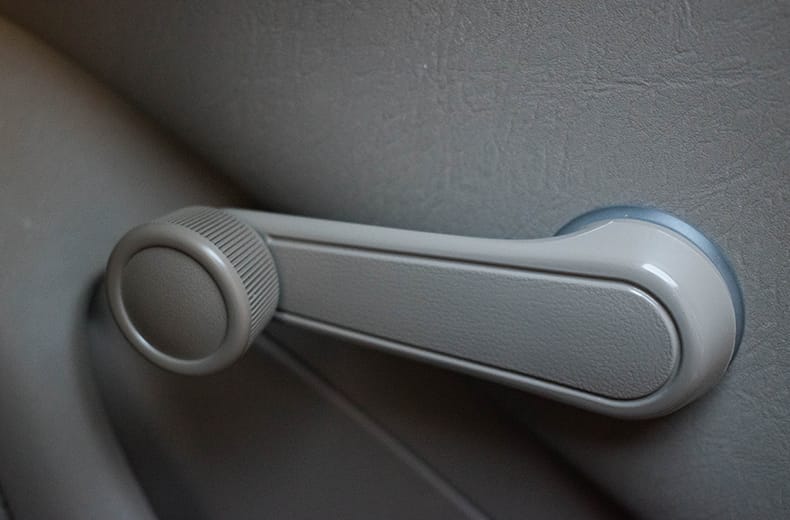
Manual window winders can still be found in cars that are on the road today, although new models now almost exclusively use electric controls to open and close windows.
Convenience and safety have played a big part in the decline of manual windows. The ability to control all windows from one system requires far less effort than individually winding multiple windows.
Plus, parental locks are especially useful for drivers concerned about young children leaning out of a moving car.
Car phones
Long before mobile phones became commonplace, some luxury cars were equipped with car phones. This feature became popular in the 1970s, eventually losing popularity in the 1990s.
The decline of the car phone wasn’t a surprise given the newfound availability of mobile technology. However, the transition wasn’t completely clean cut, with car phones remaining popular in rural areas where signals weren’t as strong.
Nowadays, the mobile phone with their added navigational and music streaming capabilities mean the traditional car phone is seldom missed.

RAC sale – up to 33% off*
• Roadside cover from £5.29 a month†
• We get to most breakdowns in 60 mins or less
• Our patrols fix 4/5 breakdowns on the spot

Car features being phased out soon
Traditional Ignition
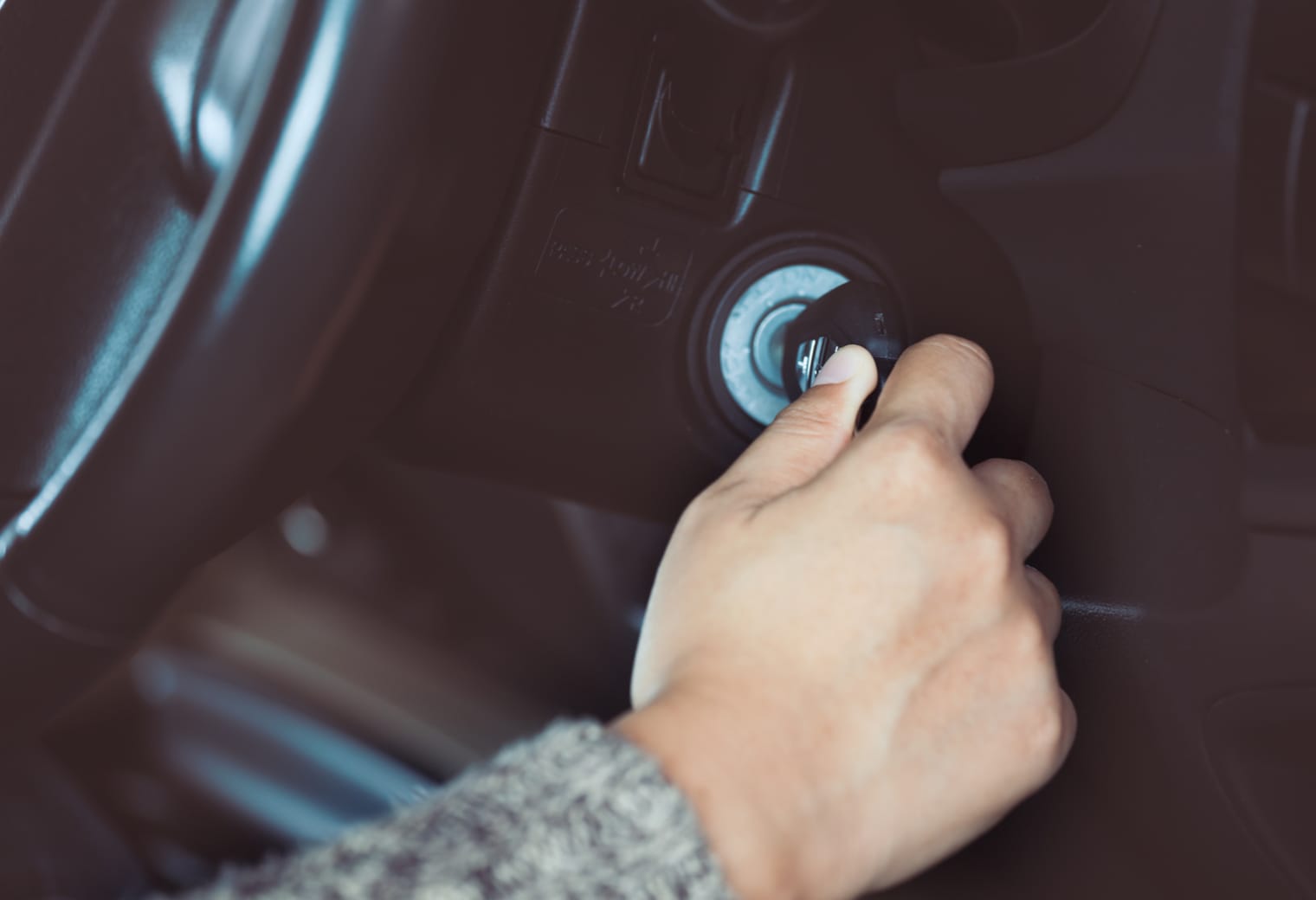
The dawn of traditional, key-operated ignition made starting an engine a lot safer than using a crank handle.
Turning a key in a slot beside the steering wheel meant no more backfiring cranks, and a far more sophisticated voltage-generation system which could ignite the fuel-air mixture in the combustion chambers to start your engine.
In recent years, however, many cars have been fitted with a keyless ignition system. It works in much the same way as a traditional system but instead uses a low frequency signal which allows drivers to simply press a button. This technology is becoming more popular as drivers enjoy the convenience of a simple key fob approach.
Handbrakes
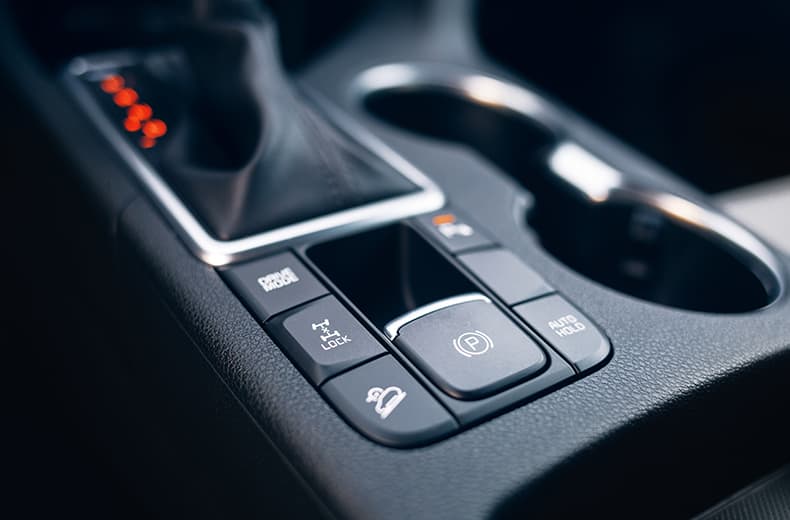
Handbrakes use a cable to apply your rear disc pads when the car is stopped, preventing your vehicle from rolling forwards or backwards. The handbrake takes the form of a lever with a button at the end of the grip. The resistance you feel while pulling the lever comes from the brakes being applied.
Modern cars increasingly make use of an electronic handbrake or parking brake feature. Why? Electronic brakes can only be be switched on or off when the engine is running, allowing for extra safety, especially around child passengers.
Add to this the benefit of features like hill hold control, which automatically keeps a car still on steep roads, and you can see why the lever’s days are numbered.
Exhausts
The main function of a car exhaust is to carry the waste gases and products from combustion away from the engine. A properly-maintained exhaust system ensures the efficient operation of your car.
But the exhaust’s days could be numbered since the adoption of electric vehicles set to reach new heights in the coming years. Without combustion and the same waste products being produced, there is no need to carry gases away from the engine. Electricity’s efficiency is sure to mean the end for the exhaust.
Car features that might be scrapped in the future
Steering wheels

Steering wheels have been a familiar part of the car ever since their conception.
The ability to choose where your vehicle will turn has been necessary for as long as we’ve been driving. And developments such as power steering have added to steering wheels’ effectiveness.
With the latest driverless vehicles set to be tested in the UK by the end of 2019, it seems steering wheels could one day be on the road to redundancy.
Autonomous car manufacturers are already urging authorities in the US to change regulation that legally requires them to be on board!
Pedals
Automatic cars come with two pedals; the accelerator and the brake. Manual cars feature a third pedal, the clutch, which connects the engine to the drive wheels. By using the clutch, you’re disconnecting the engine from the wheels allowing the car to change gears.
As autonomous vehicles grow in popularity, manufacturers are keen to remove as mancy human-operated controls as they can. It’s sometimes argued that driver intervention puts the vehicle and the vehicles of others at greater risk.
So if humans aren’t required for autonomous vehicles to function in future, could pedals be on the way out too? Perhaps we can imagine the accelerator being scrapped, but most of us probably wouldn’t set foot in a car without a brake we could use in an emergency...
Mirrors
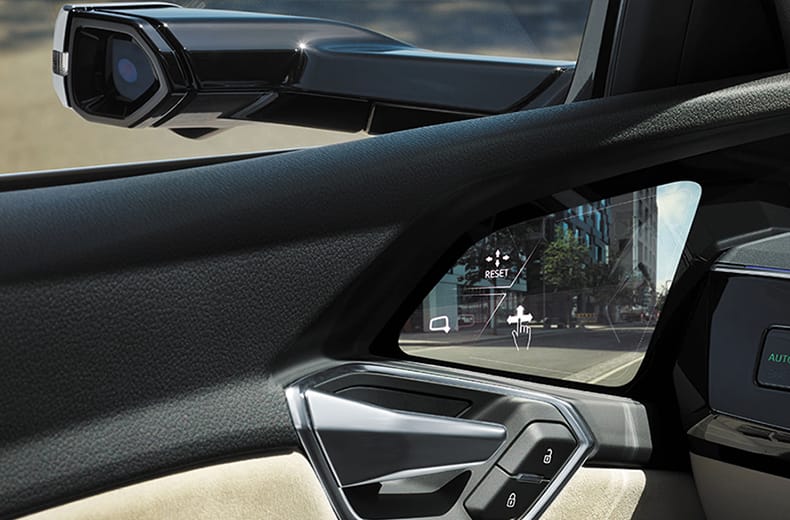
Mirrors haven’t always featured on our cars but their impact on safety has obviously been huge.
Today, safe driving requires us to use rear view mirrors and wing mirrors in almost every motoring situation, including reversing, switching lanes and braking.
But those little ‘ears’ sticking out of each side of our vehicle are creating a decent amount of air resistance, and often take the brunt of any prangs on narrow roads, so is there a better solution?
The first electric vehicles without wing mirrors are currently in production. The Audi E-Tron uses cameras that stream images to two displays in the door, placed in a similar position to where drivers usually check their wing mirrors.
Although currently still illegal in most countries, mirrorless cars could only be a matter of time.
What do you think the car of the future might look like? Are there other common car features that you think could be replaced? Leave us a comment below.
5 Star Defaqto rated cover
RAC Comprehensive Car Insurance Plus has been given a 5 Star Rating by Defaqto. Get a quote online today.



